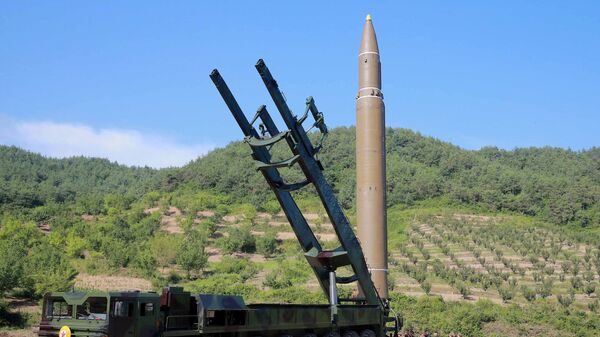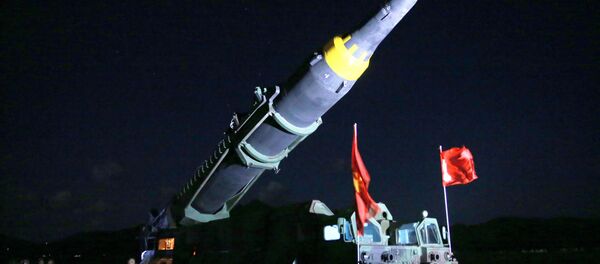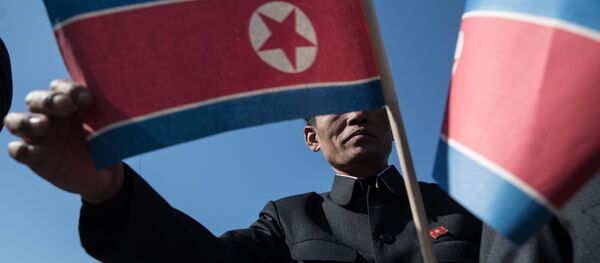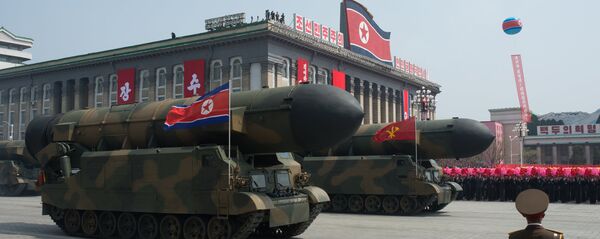"There is a possibility that North Korea is likely to test its nuclear warhead and missile capabilities through a nuclear test with more explosive power," the Ministry of National Defense warned at an emergency meeting of National Assembly’s Defense Committee, adding that Pyongyang could carry out such a test at its Punggye-ri nuclear test site at any time.
The meeting was convened late Friday night following what analysts believe was the North’s second ICBM test launch.
The North’s July 4 test, also deemed an ICBM by the West, elicited international outcry. Pyongyang now claims that the whole of the US mainland is within its striking range, according to Yonhap News Agency.
Pyongyang has also claimed that it is able to attach a nuclear warhead to its projectiles, but South Korean Defense Minister Song Young-moo told lawmakers that this was hard to prove, even if missiles with intercontinental range were being used.
He said, "It is too early to say that the latest test was to assess its atmospheric re-entry capability … As there is a need to talk with an enemy during war, (the government) will continue to call for dialogue."
The Democratic People’s Republic of Korea (DPRK) claims that Friday’s launch did in fact use re-entry technology to accurately strike a target with a nuclear warhead. Since projectiles need to be able to handle the pressure and heat of re-enterting the atmosphere from space, the technology is an important aspect of developing an ICBM.
Friday’s test prompted South Korean President Moon Jae-in to call for the controversial Terminal High Altitude Area Defense (THAAD) system’s four remaining interception missile launchers to be deployed, a move previously suspended by Seoul pending an environmental assessment for the system.
Song clarified that the installment would be "temporary" and that deployment would be subject to review, adding that the ministry is “ready to review” the need to build nuclear-powered submarines to counter Pyongyang’s provocations, a shift from last year when no such plans were in place.
"A temporary deployment means the government is determined to secure procedural legitimacy, and its final decision would be made according to the results of the environmental assessment," Song said, according to Korea Times.
"If citizens are concerned [about deployment of the THAAD system,] it can be withdrawn."
Responding to a question on how the ministry plans to counter the North’s submarine-launched ballistic missile capabilities, Song said, "To catch an enemy submarine, we should also have one."
"We are considering an atomic power (nuclear-powered) submarine."





